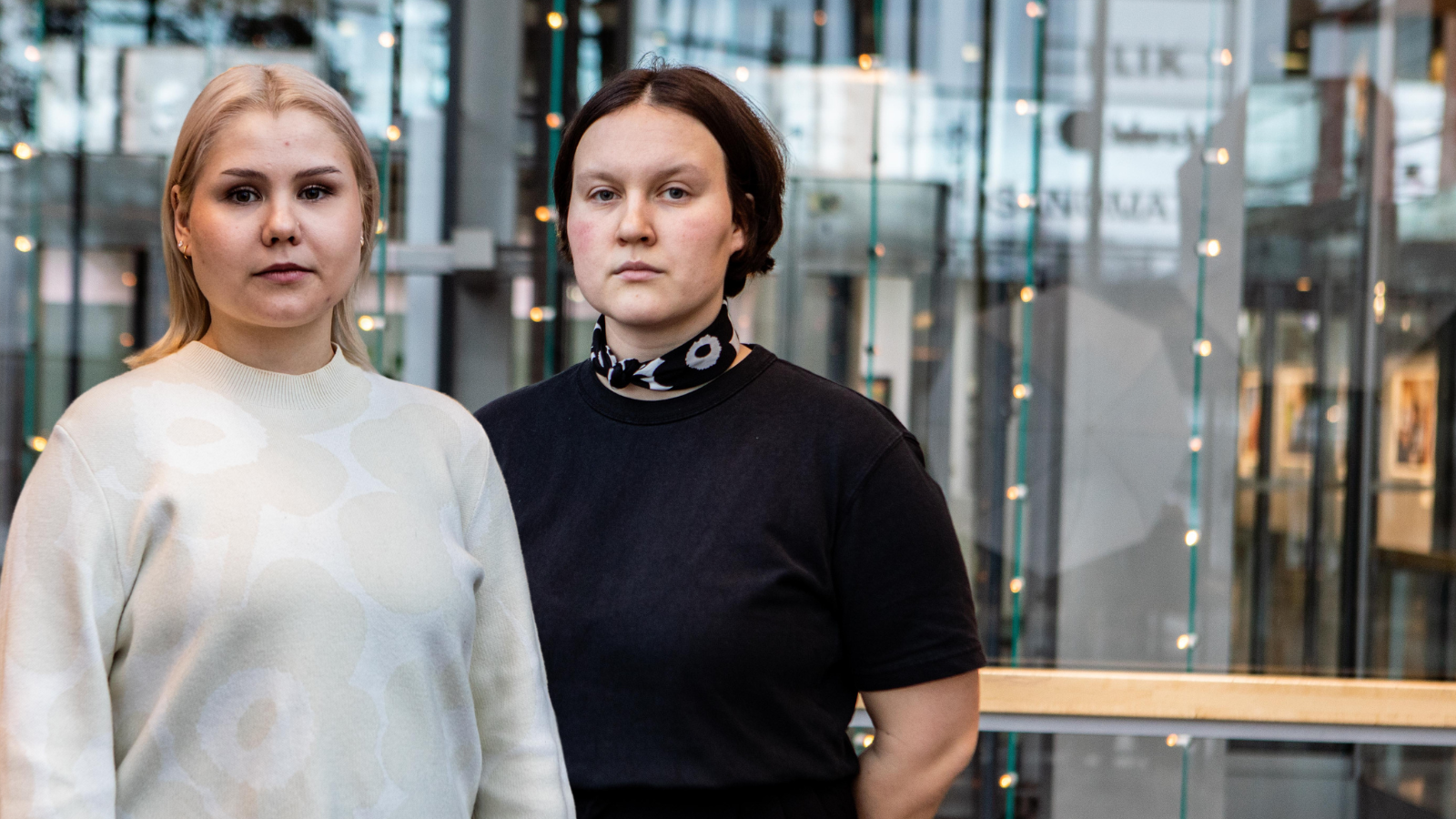The election spring gave students and universities a lot of faith when the Finnish political parties were fighting for the title of the most pro-education party in their rhetoric:
“Honouring education”
“The parliamentary elections are elections for education.”
“Let’s build the best education in the world.”
“We will increase the appreciation of science.”
“We have to sort out the foundations of Finnish education.”
This was followed by worries for the students’ income. Top politicians, including the newly appointed Prime Minister Rinne, emphasised the students’ difficult financial situation – and rightly so. The students’ social security is currently at a lower level than any other population group’s. The incentives to study full-time are weak when students cannot even cover their necessary living costs without getting into debt or working. Some readers probably think that that is exactly what a privileged young person from Espoo should be doing: the bank of mum will pay anyway, and they have a new set of Gucci and Prada to wear to their school of economics every day. Why would someone like that need any more?
Students and other learners do not all fit into the same mould. The largest individual group is made up of people who graduated from secondary school within the past couple of years, but, for example, one in six students in higher education have a family, some already have one career behind them, and some might be studying for a degree while working. People with different family backgrounds apply to higher education institutions, and it is extremely important to enable everyone to educate themselves regardless of their parents’ ability to support their studies financially.
An acting minister summed up their own reasons very clearly: “I was working throughout my studies and made do with the financial aid for students. I did not want to take out a student loan. You can tell that my background was not an easy one in that I always look for stability. I try to arrange my affairs so that I will not end up with my back against the wall, financially speaking.” People from lower socio-economic backgrounds avoid getting into debt.
One of Finland’s main challenges in the near future will be to maintain the skills of the working-age population. This requires people to be prepared to go from being an employee to being a student and updating their skills and knowledge. There have been attempts to meet the challenges of continuous learning through the education offering. For example, a coding school that is free for the student has been started, soon to be included in the right to financial aid for students if the requirements are fulfilled and Parliament passes the amendment. But what kind of incentive is it for example for a paper worker earning 2,500 euros per month to become a student if they have to go from a “sufficient” income to living off students’ social security, which is not even enough to cover food and living costs?
This becomes a vicious circle: the skills of the population are reducing, but instead of getting an education the individual wants to guarantee their current financial wellbeing. The competence level remains at its current level, while the requirements of working life increase even further.
At the moment, the situation is fine. But what about five years from now? Or ten?
It is more sensible and more financially worthwhile to make the required changes in time, rather than trying to make up for past mistakes. If we invest in the elements of gaining and maintaining skills now, then we will not have to pay huge unemployment costs in the future. That is why it is extremely important to discuss the Government Programme entry on examining the benefits relating to studying early on in the process of reforming the social security.
Before the parliamentary elections, both the student organisations and the political parties called for an immediate increase in the study grant.
“Just carry on and keep fighting.”
And then the door to the House of the Estates was closed.
- This ended up being nothing more than a goal – and simultaneously the gap between the benefits of students and other population groups continued to widen. Tying the financial aid to the index again will maintain the purchasing power of this benefit, which is an improvement. Despite there being little room for manoeuvre, students with families who are in the weakest position were allocated an additional 25 euros per month, which was the original target level for the provider supplement, i.e. the family provider increment linked to study grants.
Before the elections, I spoke about the role of today’s young people and future generations as net contributors in society if state expenditure is balanced at the expense of students. If you examine the Government Programme in regard to the increased social security expenditure, then the expenditure increases allocated to students will cost approximately 10 million euros per year at the current index growth rate.
10 million out of a 300 million euro increase in social security costs spent on the benefit that is significantly lower than all others. The benefit which affects young people the most.
Young people should not settle for this kind of generation policy. The direction and the aims are good, but they must also be visible in the political activities.
In this blog post, I refer to the following Government Programme entries:
- We will also increase child maintenance allowances and the family provider increment linked to study grants.
- Study grants will be tied to the cost-of-living index in 2020, first partially and later fully.
- The committee will examine and prepare the necessary measures to harmonise legislation on basic social security benefits that are hierarchically equal. In the same connection, the reform will also examine benefits relating to studying, for example.
- We will implement a parliamentary reform of continuous learning, responding to the people’s lifelong need for upskilling and reskilling This comprehensive reform will apply to each point of the educational pathway at which the educational system interfaces with the provision and funding of education, social security, relocation security, unemployment security, independent and labour market training, and recognition of prior learning The reform of continuous learning will be implemented through tripartite cooperation with the education providers.
Jani Sillanpää
The author is Social Policy Adviser at SYL.




